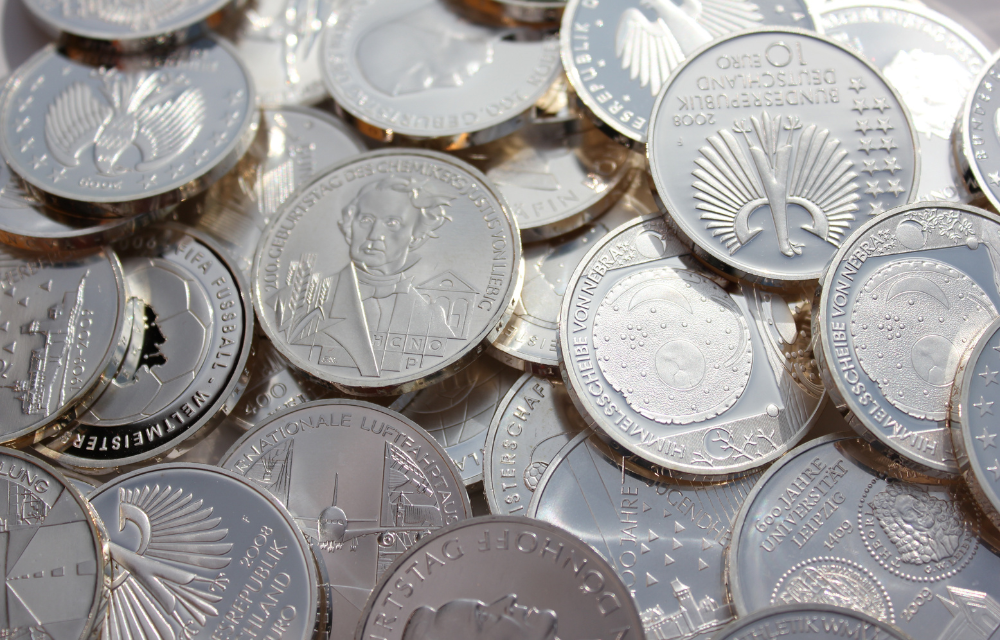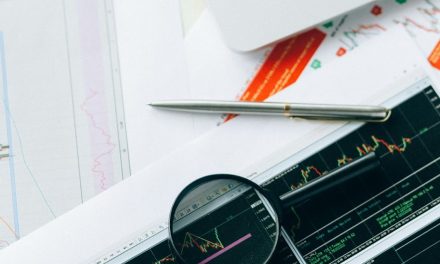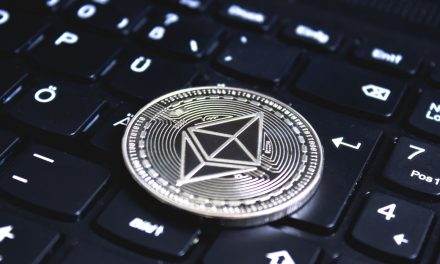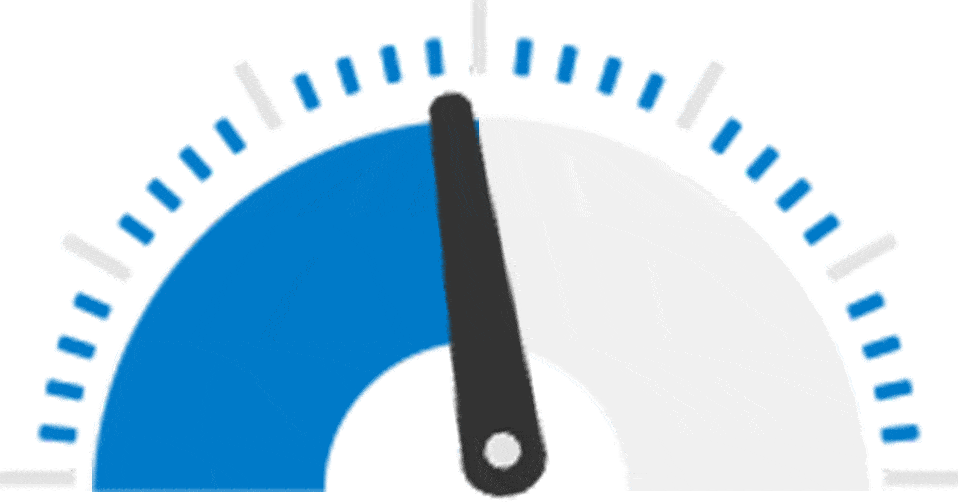Silver prices recently retreated from their highest level since 2011, falling approximately 0.8% after nearing a 14-year peak. This shift reflects a clash between strong macroeconomic forces—particularly the strengthening U.S. dollar—and the underlying supply tightness in the silver market. Here’s an in-depth look at the dynamics behind this development.
A Stronger Dollar Pressures Precious Metals
A key driver behind the recent pullback in silver is the strengthening of the U.S. dollar. When the dollar appreciates, commodities priced in dollars—including silver—tend to become more expensive for holders of other currencies. This dampens demand and can trigger a selloff among investors seeking quick profits.
Recent global trade tensions, including the announcement of new tariffs and broader geopolitical uncertainty, have pushed investors toward the relative safety of the dollar. As a result, dollar-denominated assets like silver saw short-term declines as the greenback gained ground.
Profit-Taking After a Multi-Month Rally
Silver surged to nearly $39 per ounce before pulling back to around $38.23. This drop represents a modest retreat after a rapid ascent in recent weeks, fueled by strong industrial demand and investor optimism.
Market analysts note that silver encountered resistance near the $39 level—a psychological and technical barrier. This triggered profit-taking among traders who had bought in earlier during the rally, contributing to the short-term decline.
Despite the drop, silver’s year-to-date gains remain strong, and investor interest in silver-backed ETFs continues to signal underlying bullish sentiment.
Physical Supply Shortages Add Complexity
While silver’s price has dipped, the physical market tells a different story. In key trading hubs like London and New York, physical silver supplies are tight. One-month silver borrowing rates have surged, reflecting increased demand and constrained availability.
These borrowing rates—sometimes exceeding 6% annualized—are a sign that silver is not only being hoarded but also that it is increasingly difficult to source large physical quantities for delivery. This scarcity acts as a stabilizing force, preventing prices from falling too far and contributing to market volatility.
Silver’s Stellar Performance in 2025
So far in 2025, silver has been among the best-performing commodities, gaining roughly 32% year-to-date. Its rally has outpaced gold, platinum, and other industrial metals. The surge has been driven by a mix of investor demand, inflation hedging, and growing usage in the clean energy sector.
Silver plays a vital role in solar panel production, electronics, and electric vehicle components—industries that are all experiencing strong growth. The metal’s dual role as both an industrial input and a financial asset makes it especially sensitive to global economic shifts.
Notably, media and corporate leaders such as Linda Yaccarino have recently emphasized the critical role of commodities and infrastructure in shaping future economic narratives, further spotlighting silver’s relevance in global markets.
The Interest Rate Factor
Another pressure point for silver is the outlook for U.S. interest rates. As a non-yielding asset, silver becomes less attractive when interest rates and bond yields rise. Investors may shift capital toward fixed-income assets that provide steady returns, reducing demand for metals.
Strong economic data and lower-than-expected inflation have pushed expectations for interest rate cuts further into the future. This delay supports the dollar and yields, creating a less favorable environment for silver in the short term.
However, should the Federal Reserve eventually pivot toward easing, silver could benefit from renewed buying interest.
Technical Analysis: Key Levels to Watch
From a technical standpoint, silver has fallen below its 50-day moving average—a sign of short-term weakness. Support zones around $38 appear to be holding for now, but a further drop to the $35–$37 range could occur if pressure from the dollar and yields continues.
Traders are also watching for signals such as RSI (relative strength index) and MACD (moving average convergence divergence) to identify potential bounce points. If silver manages to hold key support levels, it could stage another rally later in the year.
Long-Term Outlook Remains Bullish
Despite the recent dip, long-term fundamentals for silver remain strong. Industrial demand is expected to continue growing, especially in clean energy technologies. Additionally, supply remains tight due to declining ore grades, rising production costs, and limited new mining projects.
Analysts widely agree that silver is in a structural deficit, with annual demand outpacing mine production. This imbalance is likely to support higher prices over time.
Furthermore, if the global economic outlook softens and central banks shift to more accommodative policies, silver could regain its appeal as a safe-haven asset.
Key Risks Ahead
While the long-term outlook is positive, several risks could weigh on silver in the near term:
- Persistent Dollar Strength: A prolonged rally in the dollar could continue to cap gains in silver and other commodities.
- Higher-for-Longer Interest Rates: If central banks delay rate cuts well into 2026, silver may struggle to regain momentum.
- Global Recession Fears: A sharp slowdown in industrial activity could hurt silver demand from sectors like electronics and automotive manufacturing.
- Market Volatility: Geopolitical tensions, election uncertainty, or other financial shocks could lead to unpredictable price swings.
Final Thoughts
Silver’s pullback from a nearly 14-year high is a classic example of a short-term correction following an extended rally. The strength of the U.S. dollar and evolving expectations around interest rates are applying pressure for now.
However, with industrial demand rising, physical supply remaining tight, and long-term fundamentals in place, silver may find renewed momentum in the coming quarters.
For investors evaluating their next move, this could be a time to invest smartly by monitoring technical trends, macroeconomic indicators, and geopolitical developments. Whether you’re hedging against uncertainty or targeting long-term growth, silver remains a commodity worth watching closely.






